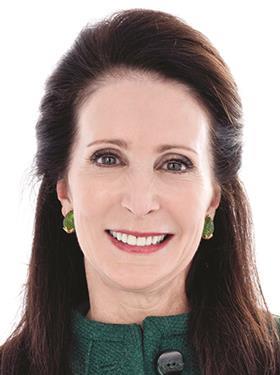Like every city, New York is feeling the impact of the millennial generation including in real esate.

Millennials were born roughly between 1980 and 2000. There are approximately 90 million millennials in the US, representing the largest age group in our country’s workforce.
Ranging in age from around 15 to 34, the millennial generation is becoming more and more influential as its younger members feed into the workforce. They are young, tech-savvy, concerned about the environment and changing the way everyone thinks about real estate.
In the US, the millennial generation generally prefers to live in an urban environment. City settings allow them to use mass transport systems, so they don’t need cars. At their age, most want to participate in all a city has to offer. And they are moving to New York City in droves.
While the millennial generation currently represents approximately 27.5% of the total US population, in New York City they account for 31.1%. In Manhattan, they make up 34.9% of the population. That places roughly 2.6 million millennials in New York City. This large concentration of young urban workers is attractive to corporations. Focused on recruiting and retaining talent, many seek to hire the young, talented, tech-smart millennial. And they often do this by locating their offices in settings where the talent they want to employ lives and works.
For example, IBM recently sought a location for its Watson division, the company’s cloud-based computing organisation. IBM’s world HQ is located in a suburban office campus about 45 miles north of New York City. But in early 2014, recognising that attracting talented millennial workers would require a Manhattan location, the firm signed a lease for the Watson division in Greenwich Village, in the heart of an area in Manhattan known as ‘Silicon Alley’.
Another example is MasterCard. Headquartered in Westchester County north of New York, the credit-card company also decided to locate its technology group in Silicon Alley.

One favoured Manhattan location for millennials is the market Cushman & Wakefield calls Midtown South. This large area between Midtown and Downtown comprises mostly low-rise buildings that are, on average, 97 years old. Midtown South used to be the least expensive part of Manhattan, with the oldest, least attractive housing. But millennials often like working in older structures, and the area has become the site of some of Manhattan’s most popular restaurants and nightlife. Today, the area is home to established tech giants such as Google, Apple, Twitter and Facebook, as well as the new wave of start-ups such as Uber, Dropbox and Palantir Technologies.
Since the recovery from the 2008-09 recession began, Midtown South has been one of the country’s strongest markets. The vacancy rate has fallen from 10% at the end of 2009 to 6.2% at the end of 2015 - the lowest in the country. As a result, average asking rents in Midtown South have leapt roughly 60% from $43.50/sq ft (£30.70/sq ft) in early 2010 to $69.66/sq ft today.
The arrival of the millennials has turned the Manhattan office market on its head. As Midtown South has got more expensive, Downtown has become the tech world’s new focal point. With affordable rents and more green space than other districts, Downtown is appealing to millennials, while Midtown, the traditional core of Manhattan, has struggled to attract them.
It is a remarkable shift that reflects what is happening in the Manhattan office market today.
Tara Stacom is executive vice-chairman at Cushman & Wakefield






























No comments yet